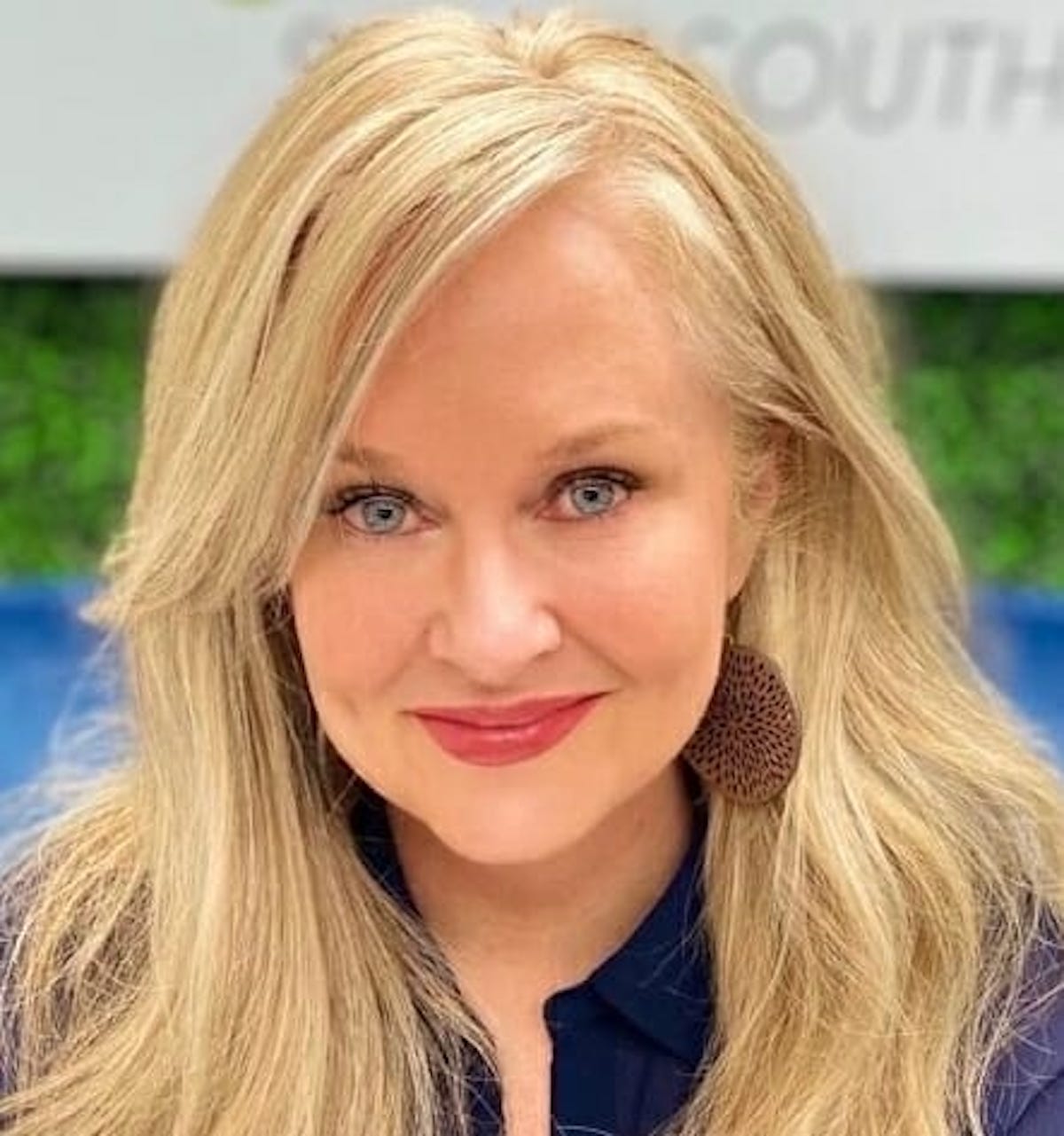By David Absolon
Inflation pressures are likely to stay muted across developed economies for some time, but we appear to be nearing the trough of the disinflationary cycle. We expect to see mild inflationary pressures towards the end of this year, led by the US, based on three factors: 1) trends in US core inflation; 2) tighter labour market conditions and 3) a rebound in consumer spending.
Despite headline inflation falls, core inflation in the US (excluding food and energy) has remained firm over the past year, within a range of 1.6% to 2% on annual basis. A key contributor has been housing costs, since it comprises a significant component (nearly one-third) of the overall CPI basket. Our expectation is that trends in the US rental market will remain supportive of the inflation picture over the medium term. Vacancy rates are at their lowest level since 1993, resulting from falling homeownership rates, and are likely to lead to increasing rental growth. In fact, we are already seeing evidence of these trends. Core PCE has been stable over the past two years, but PCE for rent has risen from 2.7% in 2014 to 3.4% in March 2015.
For the broader inflation trajectory, though, much will depend on wage growth feeding into stronger domestic demand. The evidence is still patchy, but we believe there are early signs of shifting wage dynamics.
Average hourly earnings are well below pre-crisis levels, tracking 2.2% year-on-year. More encouragingly, however, the employment cost index shows that total compensation for private sector employees rose 2.8% in March 2015 over the previous year across a broad base of occupations. Los Angeles City Council, for example, has approved raising the minimum wage to $15/hr by 2020, while some of the largest private sector employers have awarded above inflation pay rises.
While nominal wage gains have not accelerated, it is important to remember that US consumers have benefitted from rising real incomes. The ‘oil windfall’ is estimated to have added the equivalent of a $700 tax cut per household Intuitively, this should have been supportive to consumer spending, but the rise in the personal savings rate since last December suggests that US consumers have deferred spending these gains.
Given a firm trend in core inflation over the past year coupled with a strong jobs market that should underpin consumption, we expect a data-dependent Federal Reserve to exit its zero interest rate policy later this year. In recent weeks, policymakers’ rhetoric has been increasingly vocal that the Fed will likely take action in 2015, but at a very gradual pace.
All of this should be viewed positively, as we are witnessing a resetting away from the deflationary mind-set that took hold in the second half of last year.
David Absolon is the Investment Director at Heartwood Investment Management.






